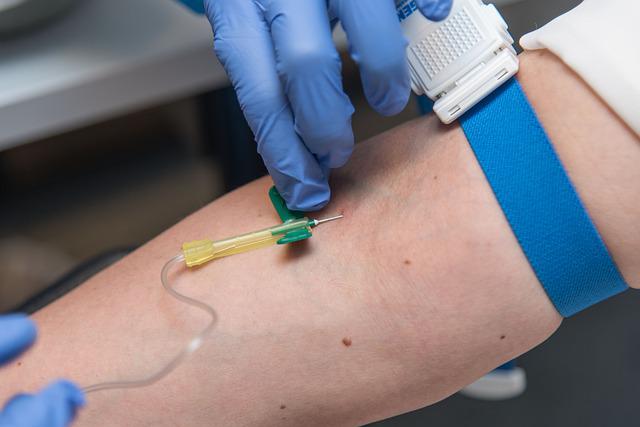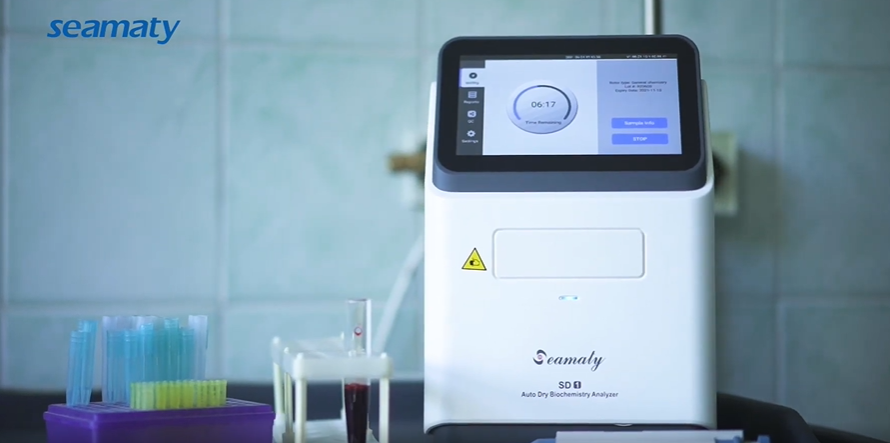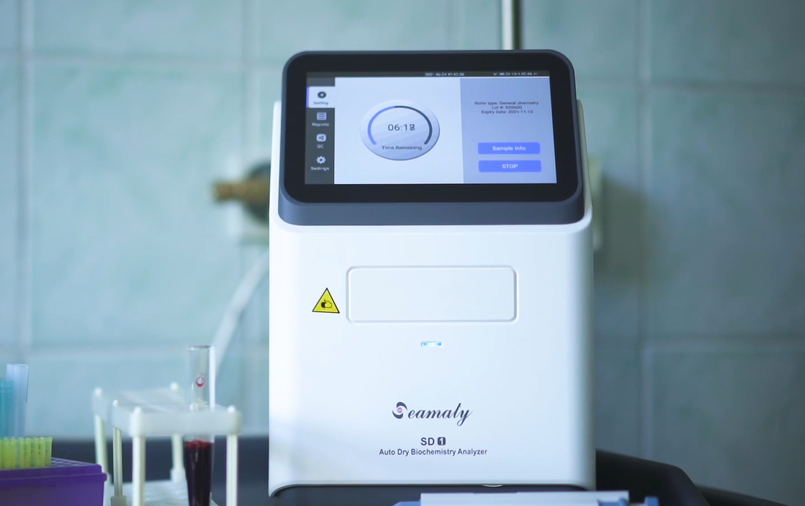Blood biochemistry is an important part of clinical biochemistry testing. With the rapid development of science and technology, more and more scientific research results are applied to blood biochemistry tests, and the examination techniques are improving and the items are increasing, making blood biochemistry tests play an increasingly important role in the prevention, diagnosis and treatment of diseases. Here are some common blood biochemical examination items.
1. Liver function test
There are many liver function tests, including serum protein tests and enzymatic tests related to liver function. The serum protein test includes the measurement of albumin and globulin concentrations, the sum of the two concentrations (i.e. total protein concentration), and the ratio of albumin to globulin.
Impaired protein synthesis, such as hepatocellular lesions, severely impaired liver function. Excessive protein loss, such as severe burns, suffering from nephrotic syndrome, etc. Inadequate protein intake, etc. can lead to a decrease in albumin concentration, which is usually accompanied by a decrease in total protein concentration.
Elevated albumin concentration is commonly associated with plasma concentration due to severe dehydration. Chronic liver disease and chronic infectious diseases can lead to an increase in globulin concentration. The ratio of albumin to globulin in normal subjects is (1.5-2.5):1. The ratio is less than in patients with severe liver impairment or M-proteinemia, such as multiple myeloma and primary macroglobulinemia.
The enzymes used clinically to reflect liver function are transaminase and alkaline phosphatase. Aminotransferases are found in the mitochondria of hepatocytes and are mainly alanine aminotransferase and glutamic aminotransferase. Whenever inflammation, necrosis, or poisoning of the liver occurs, transaminases are released from the liver cells into the blood. Therefore, diseases of the liver itself can cause different degrees of transaminase elevation. And hepatobiliary diseases with cholestasis or skeletal lesions usually lead to elevated alkaline phosphatase.
2. Kidney function tests
Liver and kidney function can be checked clinically by measuring urea nitrogen and creatinine in the blood. Urea is the end product of protein metabolism. Normally urea in the blood will be filtered out of the body by the glomerulus. The nitrogen content in urea is 28/60, and urea nitrogen is about half of urea. Therefore, the concentration of urea nitrogen in the blood can reflect the filtration function of the glomerulus to some extent.
Various renal diseases may increase the concentration of urea nitrogen in the blood. Especially for uremic patients, the higher the concentration of urea nitrogen in the blood, the more serious the condition of uremia. Therefore, this indicator is important for determining the condition of uremia. The concentration of creatinine in the blood also depends on the filtration capacity of the glomerulus. In the early stage of kidney disease, the concentration of creatinine in the blood usually does not show changes. However, when the kidney is moderately to severely damaged, the concentration of creatinine in the blood increases significantly.
3. Blood lipid test
Lipids are the general term for various lipids in the blood. There are many clinical indicators to test for lipids; the basic ones are total cholesterol, triacylglycerol (currently referred to clinically as triglycerides), HDL cholesterol, LDL cholesterol, etc.Increased cholesterol levels in the blood increase the risk of atherosclerosis and coronary heart disease. Decreased cholesterol levels are mainly seen in hyperthyroidism, severe liver disease, etc. Increased triglycerides are a trigger for some cardiovascular diseases. Decreased triglycerides are seen in hypothyroidism or adrenal gland function, liver failure, etc. Their levels are reflected clinically by measuring the amount of cholesterol contained in HDL and LDL.
HDL has an anti-atherogenic effect. It is generally believed that the higher the level of HDL cholesterol in the blood, the lower the incidence of cardiovascular diseases such as coronary heart disease. Lower HDL cholesterol levels can be seen in atherosclerosis, abnormal thyroid function, and diabetes. LDL cholesterol is also one of the important indicators in the assessment of the risk of coronary heart disease. In contrast to HDL cholesterol, the higher its level, the higher the risk of developing coronary heart disease.
4. Blood glucose test
Blood glucose is the glucose in the blood. Its concentration is an important indicator of the status of glucose metabolism in the body. The fasting blood glucose concentration in normal people is 3.9~6.1mmol/L, and the 2h postprandial blood glucose concentration is less than 7.8mmol/L.
The causes of elevated or decreased blood glucose can be divided into physiological and pathological causes. Physiological hyperglycemia may be a temporary increase in blood glucose concentration caused by the intake of high-sugar foods, emotional stress, etc. The most common cause of pathological hyperglycemia is diabetes mellitus, in which the fasting blood glucose concentration is greater than or equal to 7.0mmol/L and the 2h postprandial blood glucose concentration is greater than or equal to 11.1mmol/L. Strenuous exercise, hunger, etc. may lead to physiological hypoglycemia. Islet cell hyperplasia, cancer, and insufficient secretion of hormones that antagonize insulin may lead to pathological hypoglycemia.
Must blood be drawn from a vein for biochemical tests?
Many of our tests involve blood checks, so whether the test is done with venous blood or arterial blood? This is actually not fixed, it may be a venous or arterial blood draw, it needs to be judged according to the specific examination items.
Venous blood is used relatively often in clinical practice. It is mainly used to test such as blood routine, blood biochemistry, tumor markers, etc. In general, venous blood is more convenient and requires a slightly lower level of phlebotomy skills than arterial blood. Therefore, many tests that require blood sampling are prioritized to draw blood from veins.
Arteries, on the other hand, are deeply located and not easily drawn, but in some cases. For example, when the oxygenation of the patient's lungs or the carbon dioxide excretion of the lungs needs to be evaluated, because the oxygen content of arterial blood and venous blood is different, arterial blood is a more realistic reflection of the function of the lungs. Generally speaking, when blood gas analysis is needed, arterial blood is usually drawn.
After the blood is drawn, do not allow the wound to become contaminated with contaminants for a short period of time, otherwise local infection may occur. Pay attention to a light diet and try not to eat greasy, spicy or cold foods. If the amount of blood drawn is large or if you are anemic, you should also pay attention to proper nutrition and also pay more attention to rest to avoid triggering other conditions.



